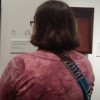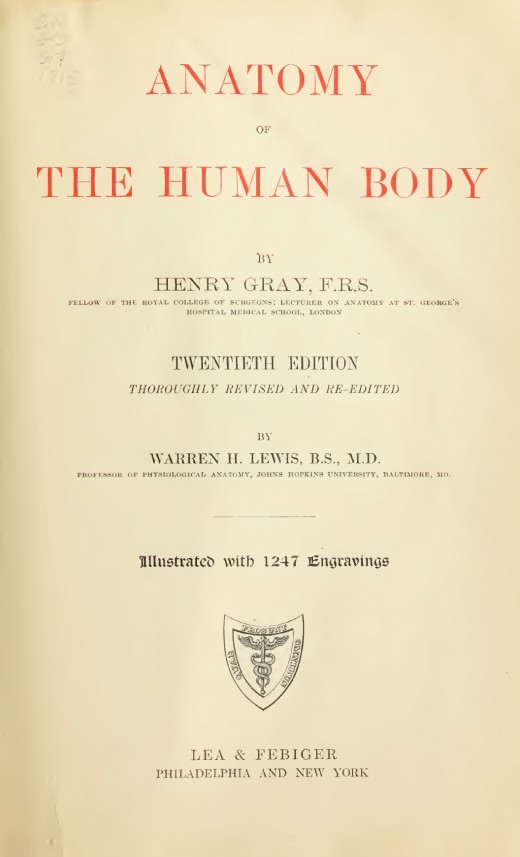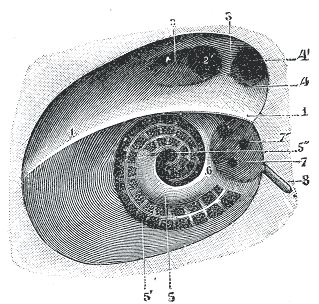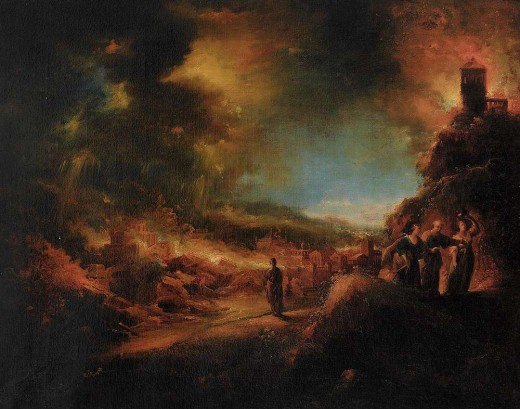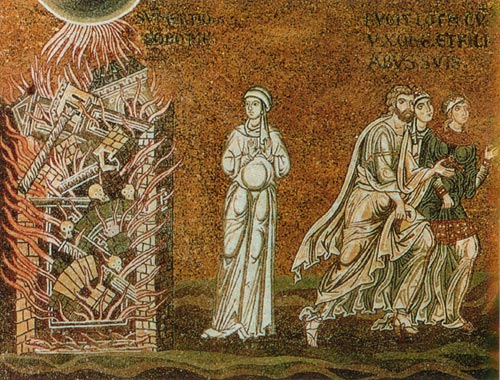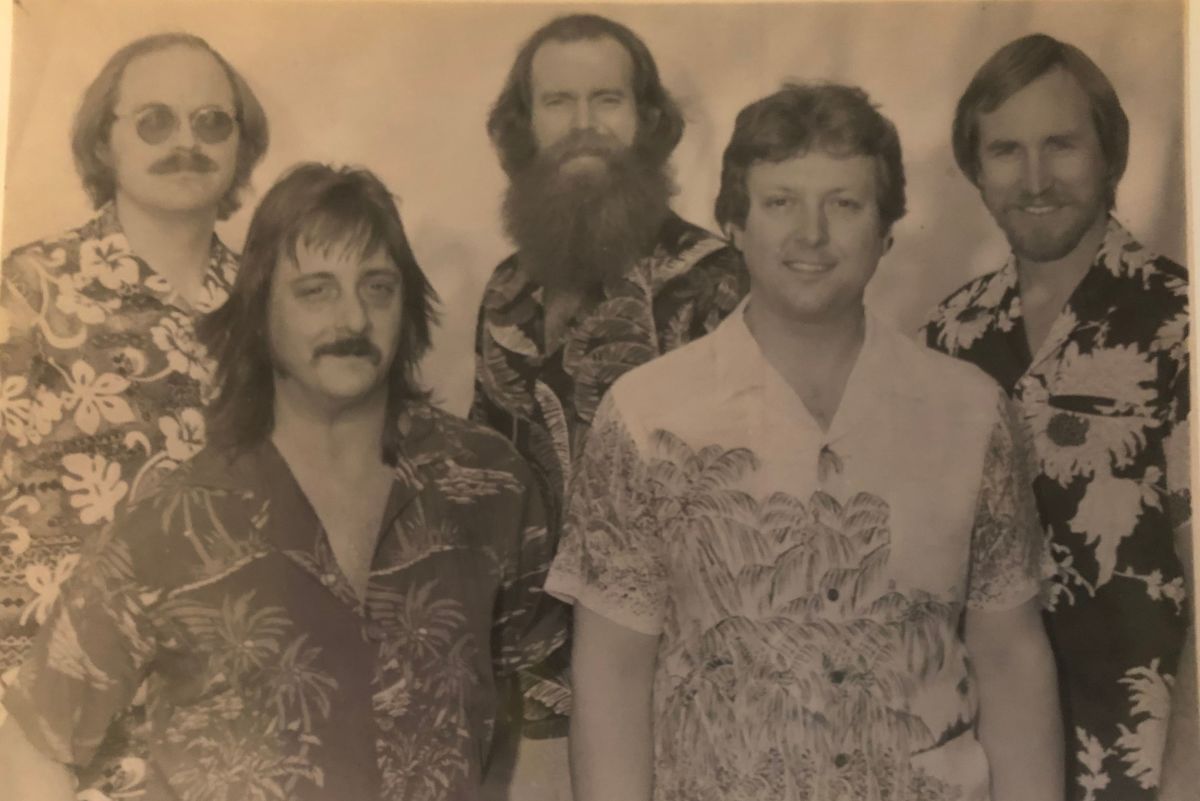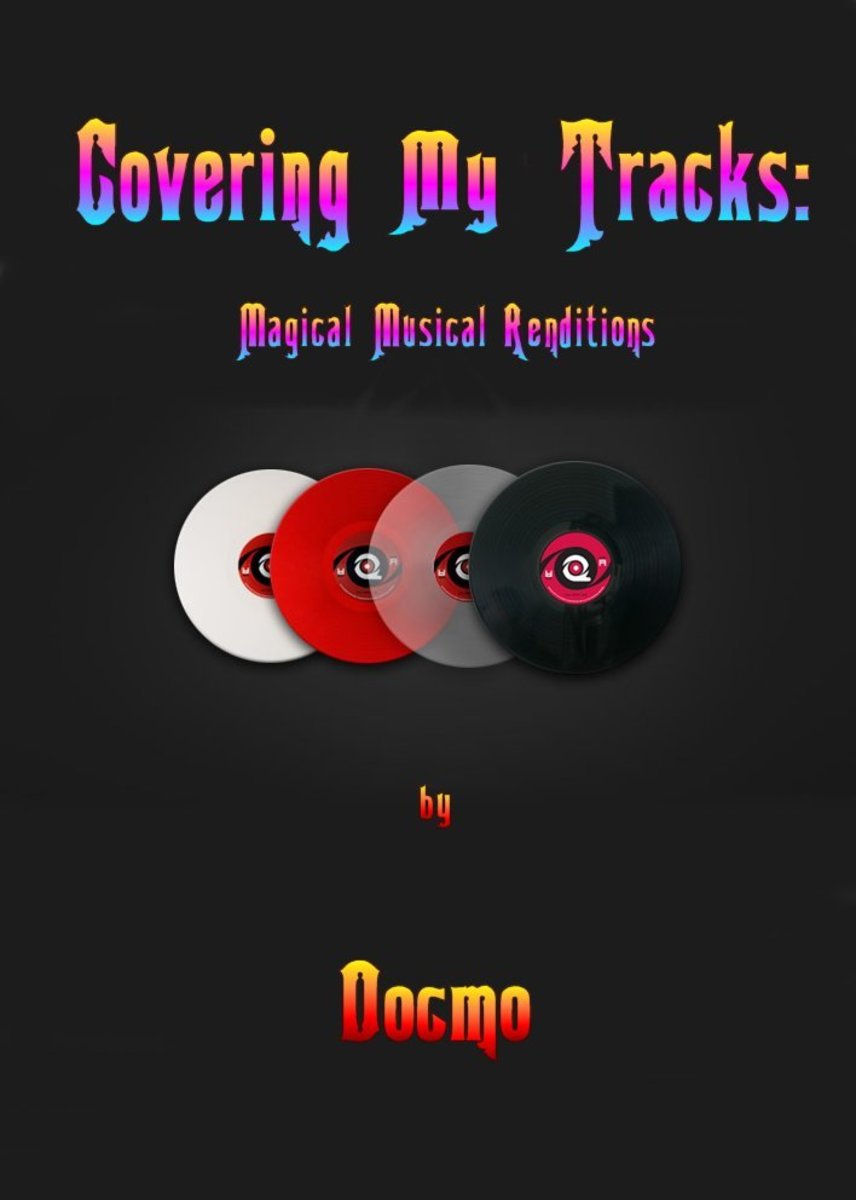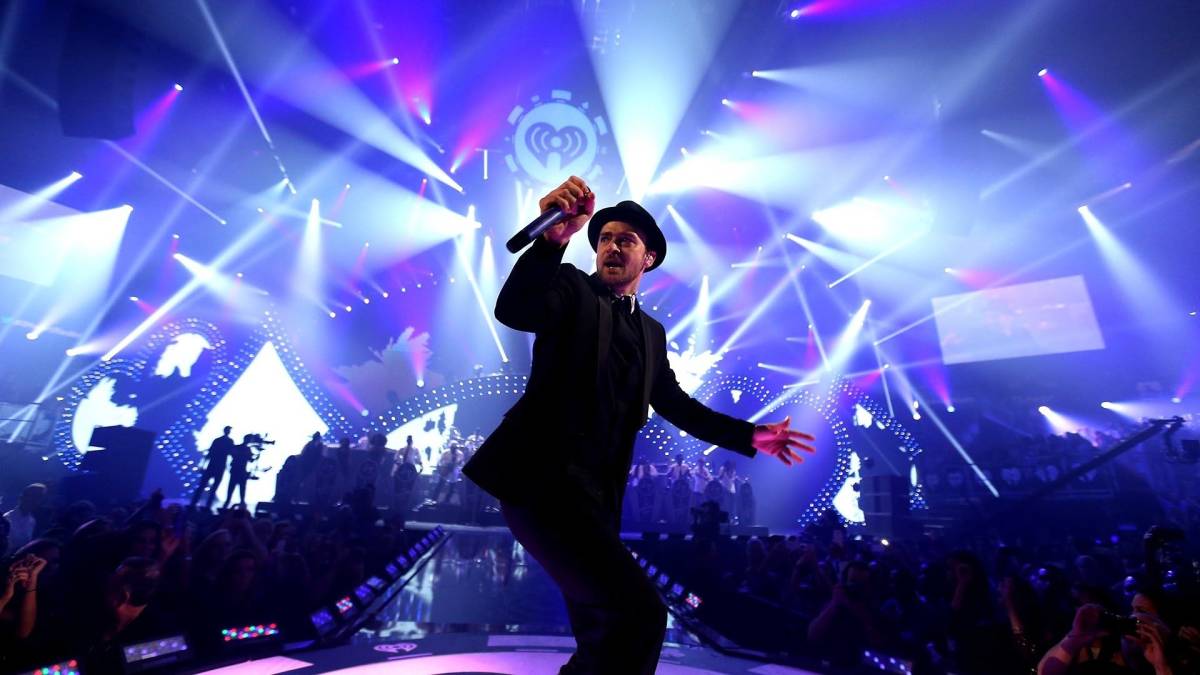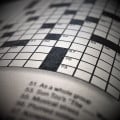Reviewing "Shades Of..." by Gray (Featuring Jean-Michel Basquiat)
Background
For this article, I am going to review Shades of..., a semi-posthumous album put together by Gray, a band that had Jean-Michel Basquiat as a member. Allmusic has a guide to Basquiat's contributions and Genius provides context to the songs. According to one source, the name came from a rather famous medical book.
Now, I do know that there are other songs on the internet attributed to Gray (which I have listened and reviewed on my other blog) that is not included in the Shades of... album, but I am not going to review them for this article.
Examples from that medical book.
Click thumbnail to view full-size


Dabbling in Religion
Words, concepts and traditions associated with religion happen pretty frequently in this album. The only running theme that I can think of that's consistent in these selected tracks is that Gray applied these words, concepts, and traditions to the secular world.
Life on the Streets: A song with dreamy sounding instrumental music and Gregorian style singing as the main singer intones of authority with distaste and reflects on a grim, self-destructive life. He even recites a prayer near the song's end. A slice of life story in nonrural America.
Washington, DC 20013: An upbeat tune that has a person repeating the title (and sometimes just parts of it) throughout the whole song. Research has led me to see that the numbers are a zip code. The reason I put this song in this section is that the person repeating the title comes from a sample of a "radio preacher".
Pillar of Salt: A biblical term that called to mind the fate of Lot's wife after the fall of Sodom and Gomorrah. The song's pops and crackles could represent the charred debris of the two cities falling. Or the song as a whole could represent a calm after the destruction. However, official word does not reveal any relation to the Old Testament story. In fact, one could probably tie this song to English road signs.
The things I discover when doing research.
Eight Hour Religion: A ticking clock harmonizing with harshly pounded drums and steel objects being hit and accompanied with off-beat and off-key chanting. Despite this harsh execution, every factor complements each other. While I know the story behind this song, this reminds me of music from the Under the Skin soundtrack. Both Religion and Skin (Particularly Lips to Void) use percussive beats that can make a listener uncomfortable. However, I do think Religion creates a much more oppressive atmosphere.
Cut It Up High Priest: The jaunty, upbeat tune plays along as the vocalist (whose voice has a raw quality) sings in such a way that made me hypothesize that the lyrics were about something other than paying tribute to DJs. While I accept the official statement, the manipulated singing (that compliments the instrumental part), creates this hazy atmosphere that could be created via drugs.
I Know: The title is sung in a Gregorian style chant while a jaunty Jazz song plays, but it still works. This reminds me of a Miles Davis song from his Kind of Blue album.
Doktor Doom: A chant repeated by a supervillain esque character that demands your complete obedience dominates over harsh sounding music. The uptempo beat follows and merges with the commands. I like this song and appreciate the (intentional?) humor behind it.
"Pillars of Salt" examples
Click thumbnail to view full-size


Conversations and Observations
As the subtitle infers, this section analyses Shades of..'s tracks that are not really songs so much as they are skits put together by Gray. The topics these skits explore are wide and varying.
The Mysterious Ashley Bickerton: this track is an interview with an artist (Bickerton) who responds with the most minimalist of answers. The interview implies that Bickerton has diverse knowledge and opinions, but the interviewer does not ask follow up questions. I think the track is meant to be a commentary on the shallow world of fame, but if that's true, the message is too vague. There are two singers, and they come off as self-assured, playful, and I think they're both taunting Bickerton. The instrumental section has such a lively, but relaxing groove that occasionally builds up momentum.
By the way, you can read the transcription of this song and learn about Ashley Bickerton.
Suicide Hotline: When I first heard this, I hoped it wasn't real. One source says it is. This is probably the most provocative and thorniest of the tracks listed in Shades of.... During that first time, I couldn't comprehend the (what I originally thought) garbled dialogue, so I felt a little tense. Because there is no resolution, the tension did not ease up. Lastly, I can't imagine being working in that field.
I call this section "Experimental just because..."
To elaborate on the subtitle, this section of songs is a miscellaneous hodgepodge of instrumental music (there are occasional lyrics). I believe these songs were created out of messing around. To elaborate, these could all fall under the "Art for art's sake" umbrella.
Figure It Out For Yourself, Dan Asher, and The Man Who are all instrumental songs that use distortion, drums, and other sound effects. The only differences between the three is small. One song has sounds of string plucking and telephone buttons (I think) and another has oddly appealing abrasive noise. Same thing with Gauntlet of Wriggly’s. Just experimental ringing noise combined with mechanical sounding scratching. Given how the song just meanders, it's also probably the weakest track of the whole album.
While the previous songs I mentioned ranged from okay to weak, there were better experimental songs. Especially when they have this ominous vibe to them. Wig is full of drums, echo effects, repeated lines (I think someone's saying "Figure it out yourself"), and interminable ambient noise. The execution is not aggressive, but it makes its presence known. Bad Fool has a laid back night time atmosphere, but still harsh and creepy. Jazz music gone wrong. Badada combines doo-wop vocals with a lounge atmosphere, listening to it made me feel tense with its off-putting execution. Drum Mode is jaunty, sinister, and playful due to the song consisting of mostly sounds I can't accurately put into words and percussive beats (I think). I half expected the Joker to show up and start laughing while this track played. It's so tense and seems to build up to something villainous.
However, there is an exception to the ominous, gloomy nature of the overall album, and that is Mockingbird. The bird whistles combined with a guitar riff, it feels as though it could be a lounge track. As the vocalist sings softly of animals, a happy, peaceful, and dreamy atmosphere accompanies the crooner. If Pink Floyd did Jazz and Lounge music.
Overall
Listening to the album as a whole, the people involved created an atmosphere that is pessimistic and bleak. Even when there is tiny moments of pretty music, there is still a grim vibe when those pleasing sounds end. In my first draft, I initially classified some songs as having a dystopian theme.
All in all, I enjoyed this album.
© 2018 Catherine
